
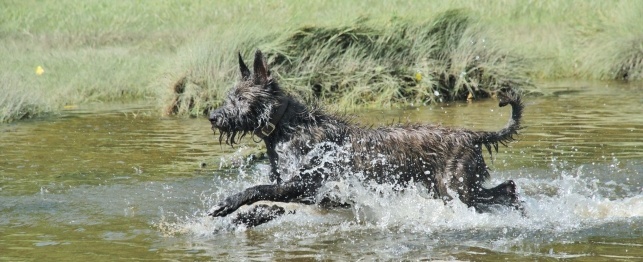
Dogs
The Berger Picard (pronounced “bare-ZHAY pee-CARR”), or Picardy Shepherd, hails from France and is a herding breed. They reached near extinction following both World Wars, and were featured many years later in the 2005 movie “Because of Winn-Dixie.” Although their number has increased, they remain a rare breed today.
The Berger Picard is likely the oldest of the French sheepdogs and possibly shares ancestry with Belgian and Dutch Shepherds. The breed originated in northern France and the Pas de Calais after immigrating with the Franks in the ninth century. Berger Picards were commonly used not only to herd sheep and cattle, but also to smuggle illegal items across the border from France to Belgium.
One reason the Berger Picard remains rare today, even after having a starring movie role, is because it has the appearance of a mixed breed dog and is commonly mistaken as such. Shaggy and scruffy, the Berger Picard is active and muscular. It is common for the breed to have the appearance of a smile, and the ears are carried erect. The Berger Picard stands at about 21-25 inches in height and weighs approximately 50-70 pounds. The medium-length coat is thick, harsh, and weatherproof and can be fawn or brindle in color.
The Berger Picard has a lively, enthusiastic, humorous, and intelligent temperament. The breed does best when part of an active family, as they crave and need daily physical and mental exercise. They bond well with their human companions and even appear to have various humanlike facial expressions. Typically they are easy going but can be somewhat reserved around strangers. Due to their history of herding and protecting livestock, the Berger Picard is an effective watchdog. The breed does require significant amounts of human companionship, and a well-socialized Berger Picard is also a good companion to other household pets.
The Berger Picard is a very loyal and loving pet, and is gentle toward children. The breed is happiest when plenty of quality time can be spent with the family, and they have proven to be excellent playmates for adults and children alike. They need daily exercise and are good running or hiking partners for active owners.
The breed, although intelligent, has a stubborn tendency at times. Training and socialization is recommended early in life to ensure a self-assured and confident Berger Picard. Use of positive reinforcement is preferred, as the breed can be sensitive to harsh tones of voice. This breed also excels in dog sports such as agility, tracking, obedience trials, flyball, or lure coursing.
The Berger Picard is fairly low maintenance. Their coats do not need trimmed, although the ears may be occasionally hand stripped. Occasional brushing and bathing are all that is needed, along with regular nail trims, ear cleaning, and tooth brushing.
Having an inbred love of activity, the Berger Picard can resort to destructive activities or overly rough and rowdy play if not given proper regular exercise. Although the breed can adapt to living in smaller quarters (as long as a proper outlet for activity is given), the Berger Picard can bark a fair amount. Therefore, potential owners should take the proximity of their neighbors into account when considering this breed.
Although the Berger Picard is a relatively healthy breed, the following conditions have been noted:
The life span of the Berger Picard is approximately 12-14 years.
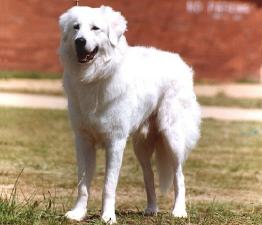 Maremma Sheepdog
Maremma Sheepdog
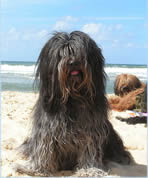 Schapendoes: A guide to dogs and puppies of the Schapendoes breed
Schapendoes: A guide to dogs and puppies of the Schapendoes breed
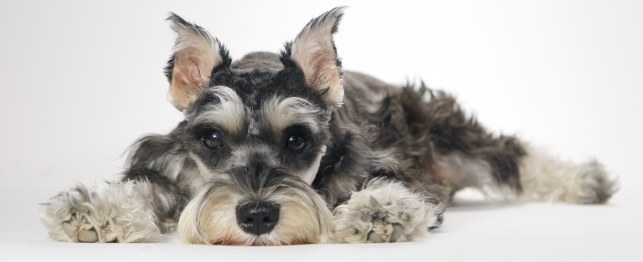 Small Dog Breeds
Small Dog Breeds
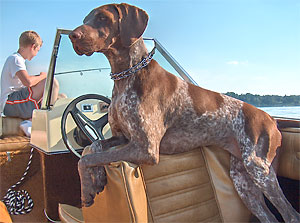 German Shorthaired Pointer
German Shorthaired Pointer
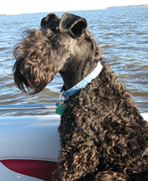 Kerry Blue Terriers: A guide to dogs and puppies of the Kerry Blue Terrier breed
Kerry Blue Terriers: A guide to dogs and puppies of the Kerry Blue Terrier breed
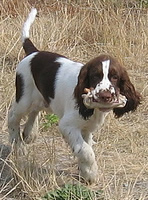 English Springer Spaniels: A guide to dogs and puppies of the English Springer Spaniel breed
English Springer Spaniels: A guide to dogs and puppies of the English Springer Spaniel breed
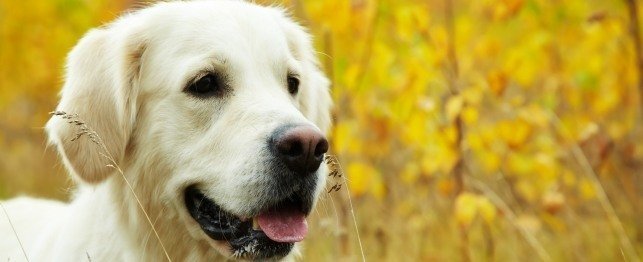 Golden Retrievers - Choosing a Golden Retriever
Golden Retrievers - Choosing a Golden Retriev
Golden Retrievers - Choosing a Golden Retriever
Golden Retrievers - Choosing a Golden Retriev
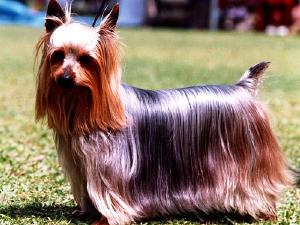 Silky Terrier
Silky Terrier
Silky Terrier
Silky Terrier
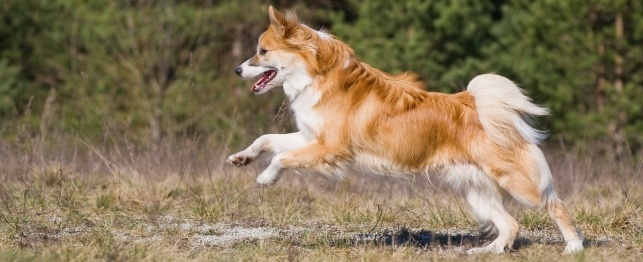 Choosing an Icelandic Sheepdog
Choosing an Icelandic Sheepdog
Choosing an Icelandic Sheepdog
Choosing an Icelandic Sheepdog
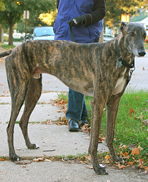 Greyhounds: A guide to dogs and puppies of the Greyhound breed
The Greyhound!
The Greyhound is a sleek, swift dog that is
Greyhounds: A guide to dogs and puppies of the Greyhound breed
The Greyhound!
The Greyhound is a sleek, swift dog that is
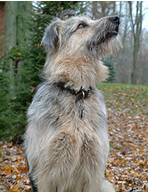 Scottish Deerhounds: A guide to dogs and puppies of the Scottish Deerhound breed
The Scottish Deerhound!
The Scottish Deerhound is comparabl
Scottish Deerhounds: A guide to dogs and puppies of the Scottish Deerhound breed
The Scottish Deerhound!
The Scottish Deerhound is comparabl
Copyright © 2005-2016 Pet Information All Rights Reserved
Contact us: www162date@outlook.com